What is Einkorn and Why it Matters
Einkorn is the world’s first wheat. Cultivated over 12,000 years ago, this ancient grain remains genetically pure, untouched by modern hybridization. In a world where wheat has been bred for yield and resistance to glyphosate, rather than nutrition, einkorn stands apart as a nutrient-dense, flavorful, and digestible alternative.
At Gretchy, we believe in real food that nourishes — food that connects us to tradition and strengthens our families. Einkorn fits perfectly into that vision. Whether you’re learning to bake your first einkorn sourdough bread recipe, flipping einkorn pancakes, or experimenting with einkorn chocolate chip cookies and muffins, this grain offers a path back to authentic, ancestral eating.
This einkorn guide explores the history, nutrition, health benefits, and practical baking tips — plus answers the most common questions for anyone ready to bring this grain into their kitchen.
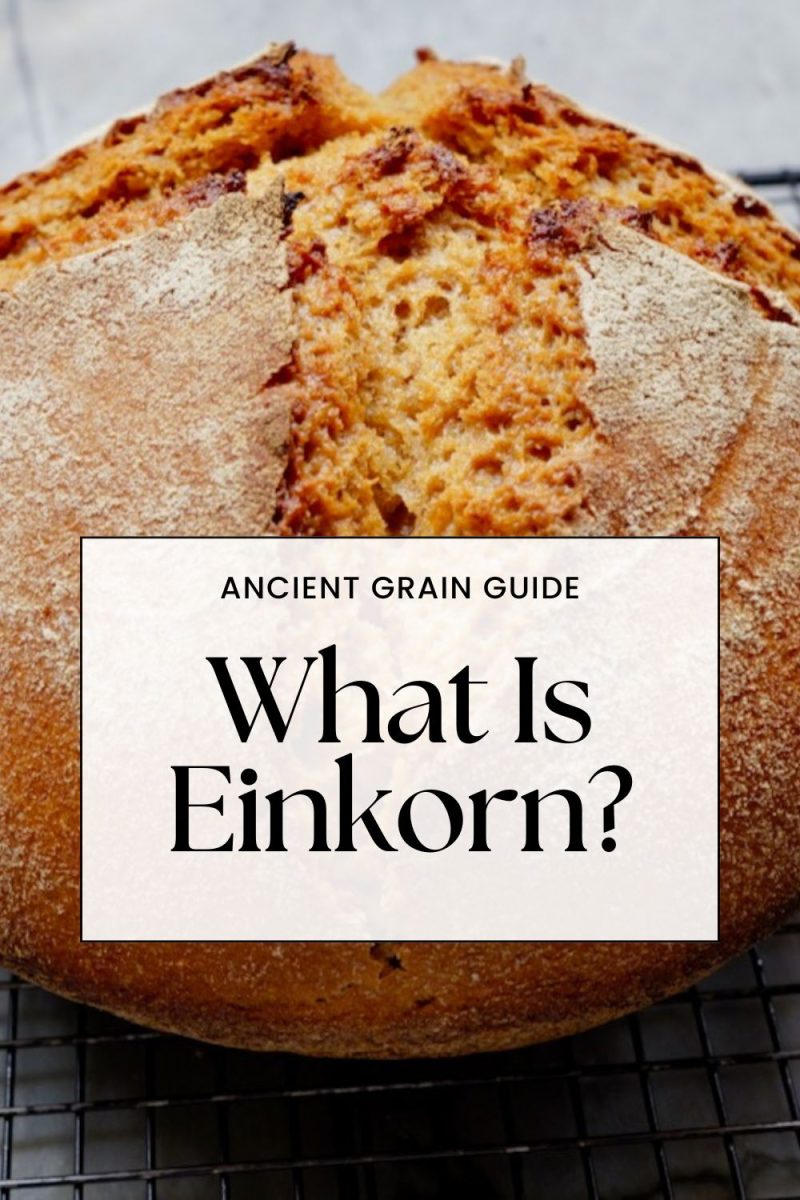
A Brief History of Einkorn
Einkorn (Triticum monococcum) holds a special place in human history as the first wheat ever domesticated. Its roots trace back more than 12,000 years to the Fertile Crescent — the cradle of agriculture in what is now Turkey, Syria, and Iraq. Archaeological sites such as Çayönü and Cafer Höyük in southern Turkey show that einkorn was cultivated as early as 8650 BCE, during the period when humans were first making the shift from hunting and gathering to settled farming.
For those early communities, einkorn wasn’t just another food crop; it was survival. Its ability to grow in poor soils and thrive without heavy inputs made it a dependable staple. Remains of einkorn have been found across Neolithic settlements in both the Middle East and Europe, confirming just how widespread and important it was for ancient diets. Perhaps the most famous evidence of its role in early nutrition is Ötzi the Iceman, the 5,300-year-old mummy discovered in the Alps. When scientists analyzed his stomach contents, they found einkorn grains alongside meat and fat — a powerful reminder of how central this grain was to life thousands of years ago.
The name einkorn comes from German, meaning “one grain,” a reference to its distinctive single-seeded spikelets. Unlike modern bread wheat, which has been bred for yield and high-volume baking, einkorn kept its genetic simplicity. With just 14 chromosomes, compared to modern wheat’s 42, it remains close to its wild ancestors and far less altered by human intervention — one reason many today find it easier to digest.
Still, history pushed einkorn aside. Over the centuries, as farming techniques advanced, farmers favored other wheats like emmer, spelt, and eventually bread wheat, which offered higher yields and stronger gluten for large-scale baking. By the 20th century, einkorn had almost vanished from mainstream agriculture, surviving only in remote pockets of traditional farming.
Today, however, einkorn is experiencing a revival. A growing interest in ancient grains, regenerative farming, and nutrient-dense foods has brought it back into kitchens around the world. Bakers, homesteaders, and families seeking alternatives to modern wheat are rediscovering einkorn’s unique qualities. Once again, it stands as both a symbol of heritage and a practical way to enjoy bread, pancakes, cookies, and pasta that are flavorful, nourishing, and deeply connected to tradition.
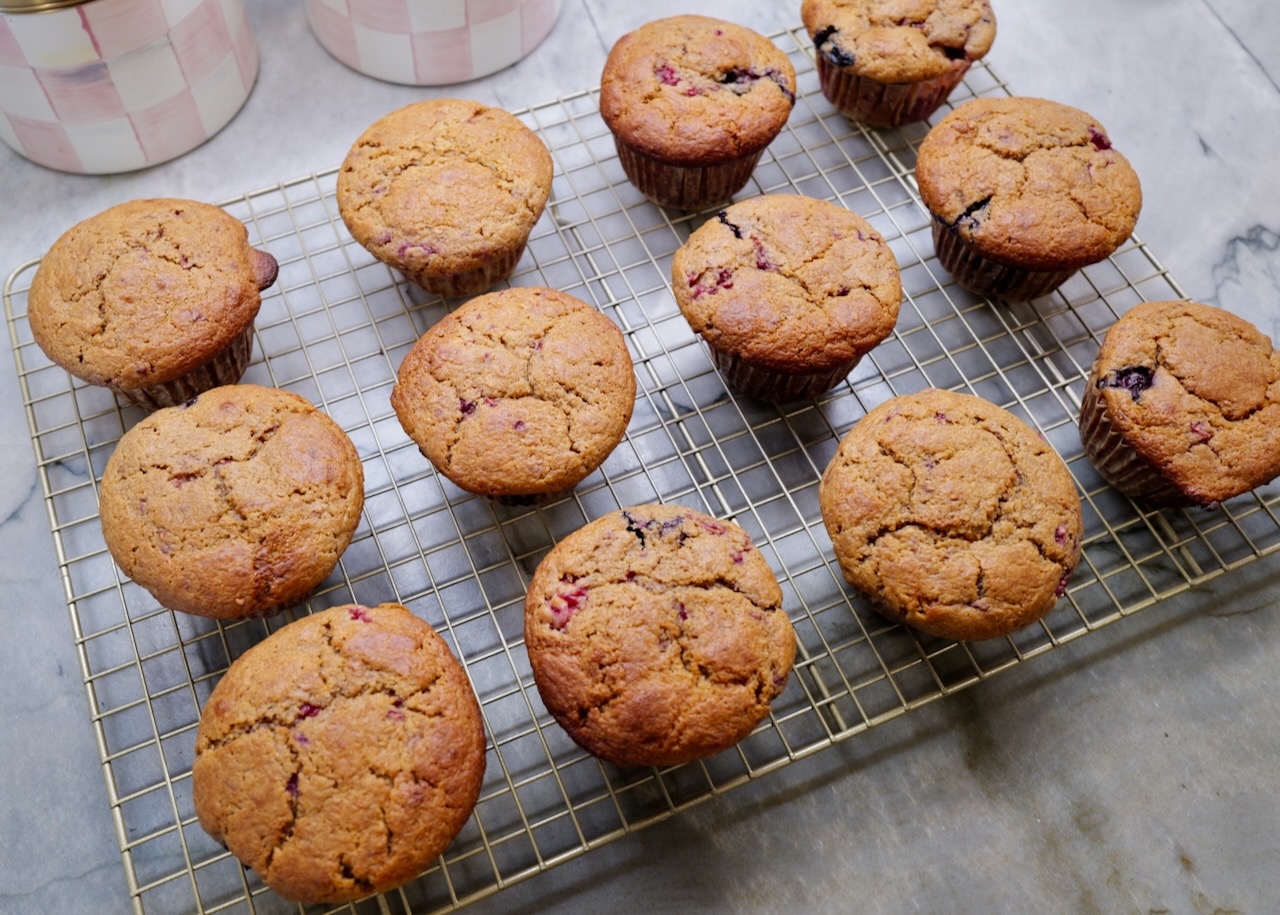
How Einkorn Differs from Modern Wheat
Einkorn isn’t just “old wheat” — it’s fundamentally different from the modern varieties we bake with today. Genetically, it’s much simpler: a diploid grain with only 14 chromosomes, compared to modern bread wheat’s 42. That simplicity produces proteins and gluten that many find easier to digest. The gluten it does contain is weaker and less elastic, which is why einkorn dough feels stickier, rises quickly, and bakes into rustic loaves — very different from the tall, fluffy breads we associate with modern wheat.
The differences go beyond structure. Einkorn is naturally richer in protein, antioxidants, and minerals, while modern wheat has been bred primarily for yield and uniformity, often losing nutrient density in the process. The contrast shows up in flavor too: einkorn has a nutty, slightly sweet taste and a golden hue from its carotenoids, while modern wheat is bland enough to need enrichment or additives to taste like anything at all.
👉 If you’ve baked an einkorn sourdough bread loaf, then you’ve probably experienced these differences firsthand — silky dough, a glowing golden crumb, flavor that feels nourishing and deeply satisfying.
Health Benefits of Einkorn
Many people find einkorn gentler on the stomach than modern wheat. Its simpler gluten structure makes it easier to break down, especially when it’s fermented through sourdough, which enhances digestibility even further. This is one reason families often describe einkorn bread as “lighter” despite its rustic appearance.
Beyond digestion, einkorn offers steady energy. Thanks to its higher protein content and resistant starch, it digests more slowly, helping to support stable blood sugar levels and reduce the cravings that can follow a meal made with modern refined flours.
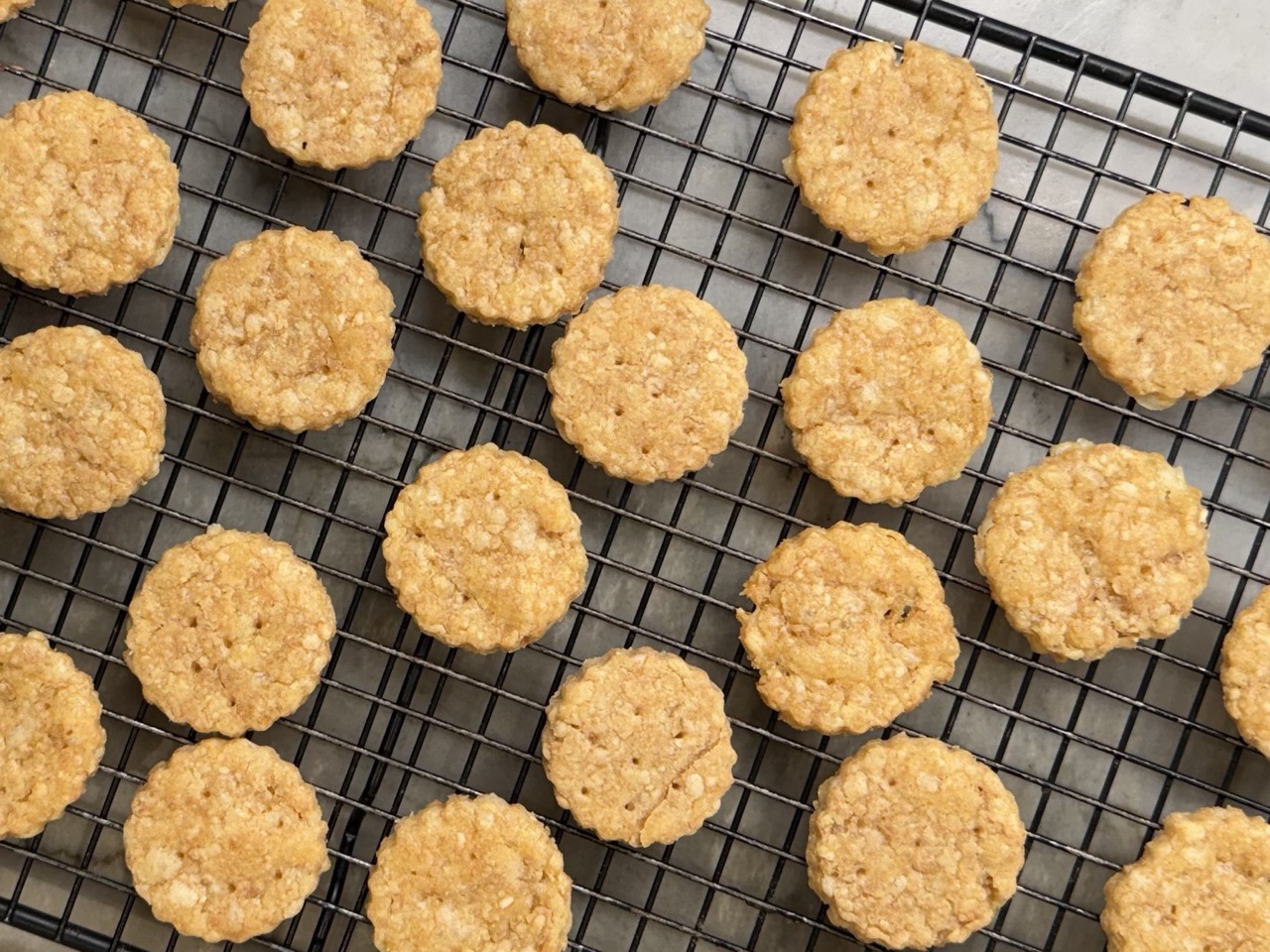
Its benefits also extend to the immune system and vision. The golden color of einkorn comes from carotenoids and lutein — powerful antioxidants that protect the eyes, skin, and overall cellular health. These compounds are far less concentrated in modern wheat.
There’s also a connection to ancestry in every loaf. Eating einkorn is a way of reconnecting with the foods that nourished humans for millennia, long before the rise of industrial agriculture. And on a broader scale, einkorn supports the planet as well as the body: it grows well in poor soils and doesn’t require chemical inputs, making it a natural partner for regenerative farming.
When you bake with einkorn, you’re not just choosing better flavor — you’re choosing a grain that supports both your family’s health and the health of the land.
How To Bake With Einkorn Flour
Baking with einkorn is a shift in both expectations and technique. It isn’t modern wheat — and that’s the beauty of it. The dough will feel different under your hands, and the results, though more rustic, are deeply rewarding.
Because einkorn absorbs less liquid, recipes usually require 10–20% less water than modern wheat. The dough is naturally sticky, so resist the urge to over-flour. Instead of long kneading sessions, use a gentle stretch-and-fold method to strengthen the dough without breaking down its fragile gluten.
Fermentation is another place where einkorn behaves differently. It tends to rise faster, which means you’ll want to watch the dough rather than relying on the clock. If left too long, it collapses easily and becomes even stickier, so shorter proofing times may work best.
When baked, einkorn loaves are denser and more rustic than modern sandwich bread, but what they lack in height they make up for in flavor and nourishment. A Dutch oven will give the bread its best rise and a crisp, golden crust. Once baked, allow the loaf to cool completely before slicing, as the crumb continues to set as it cools. If you prefer a lighter texture, try blending sifted einkorn flour with whole-grain einkorn for balance.
The result is bread that may look humble compared to modern loaves but delivers far more in taste, nutrition, and authenticity.
Common Mistakes When Baking with Einkorn
Because einkorn behaves so differently from modern wheat, it’s easy for beginners to get tripped up. The most common mistake is using too much water, which leads to a gummy crumb. Over-kneading is another issue — einkorn’s gluten is fragile and breaks down quickly if worked too hard. Proofing can also be tricky; since einkorn rises fast, it’s easy to let it go too long, only to find your dough collapsed.
And perhaps the biggest mistake of all is expecting einkorn to perform like modern wheat. It won’t. The loaves are meant to be rustic and golden, not lofty and uniform. Once you embrace that difference, baking with einkorn becomes a joy.
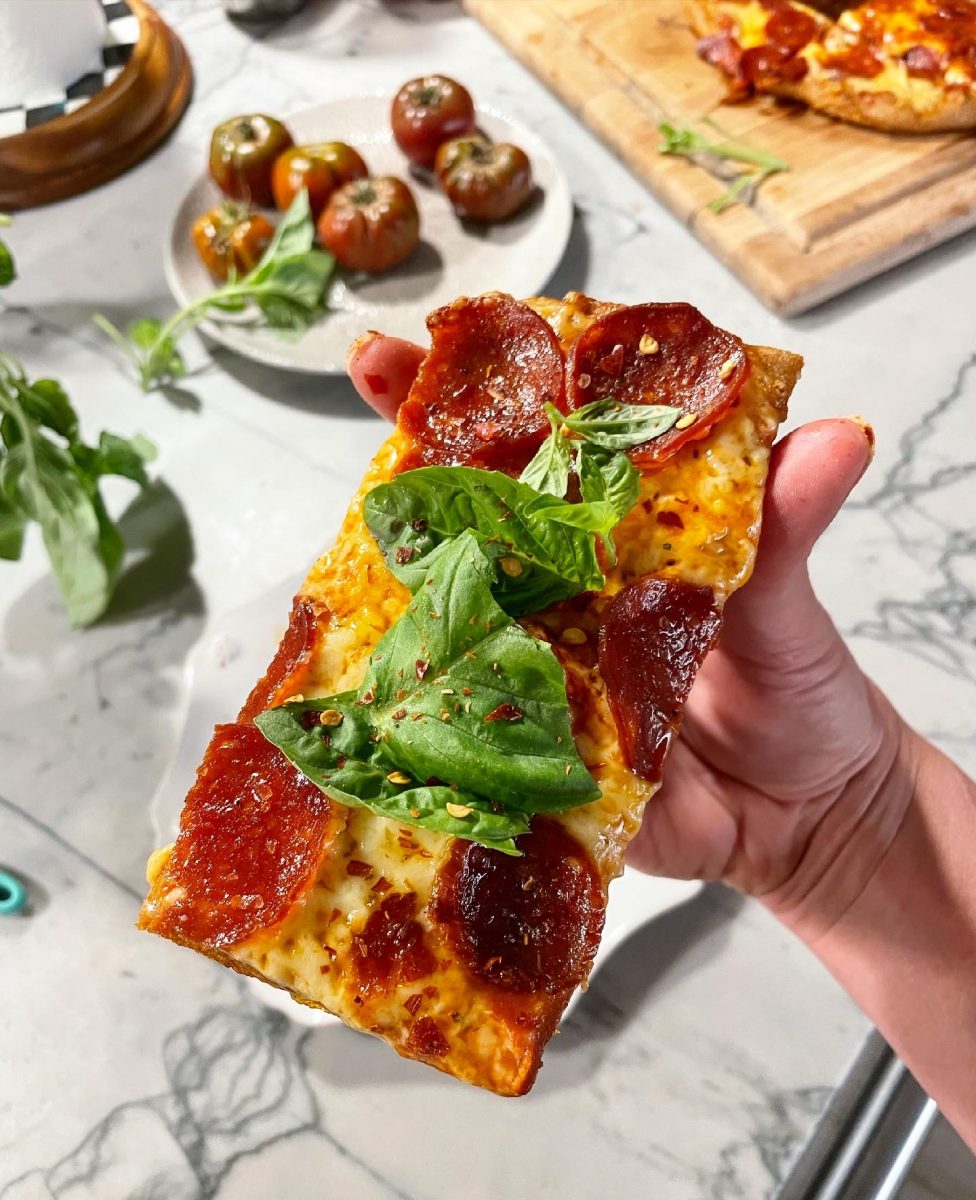
Must-Try Einkorn Recipes
Einkorn is versatile, and its nutty, slightly sweet flavor shines across a range of recipes. A rustic sourdough bread is the best place to start, giving you a feel for the dough and a loaf full of character. Families love fluffy pancakes made with einkorn, naturally sweet and perfect for weekend breakfasts. Freshly milled muffins make a nourishing snack or lunchbox addition, while cookies highlight einkorn’s golden hue and wholesome flavor. For something savory, fresh einkorn pasta delivers a chewy, hearty bite that pairs beautifully with simple sauces.
Each recipe has its quirks, but when calibrated specifically for einkorn, they turn out beautifully. That’s why so many of our members rely on tested recipes — to skip the frustration of trial and error and go straight to bakes their families love.
FAQs About Einkorn
What is einkorn?
With just 14 chromosomes, compared to modern wheat’s 42, einkorn is the old form of wheat and without intervention — one reason many today find it easier to digest.
Is einkorn gluten-free?
No. Einkorn does contain gluten, but many people find it gentler and easier to digest than modern wheat because it hasn’t been hybridized.
Can I substitute it for all-purpose flour?
Not directly. It can take some testing. Because einkorn absorbs less water and rises faster, recipes generally do need adjusted — or better yet, use recipes designed for einkorn from the start.
Why does my bread turn out dense?
This usually comes down to too much water, too little water, or an over-proofed dough. Watch fermentation closely.
Should I use whole-grain or sifted einkorn?
Both have value. Whole-grain einkorn is denser and more nutrient-rich, while sifted flour creates a lighter texture. We tend to use sifted einkorn flour for recipes that typically would use an all-purpose flour such as cake and cookies.
Does it work for desserts?
Absolutely. Einkorn’s natural sweetness shines in cookies, muffins, and cakes.
Do I need a separate sourdough starter?
Not necessarily. Your existing starter will work, but feeding it with einkorn flour for a few cycles before baking improves performance and will at some point become an all-einkorn sourdough starter.
Is it sustainable?
Yes. Einkorn thrives in poor soils and requires fewer chemical inputs, making it a natural fit for regenerative farming.
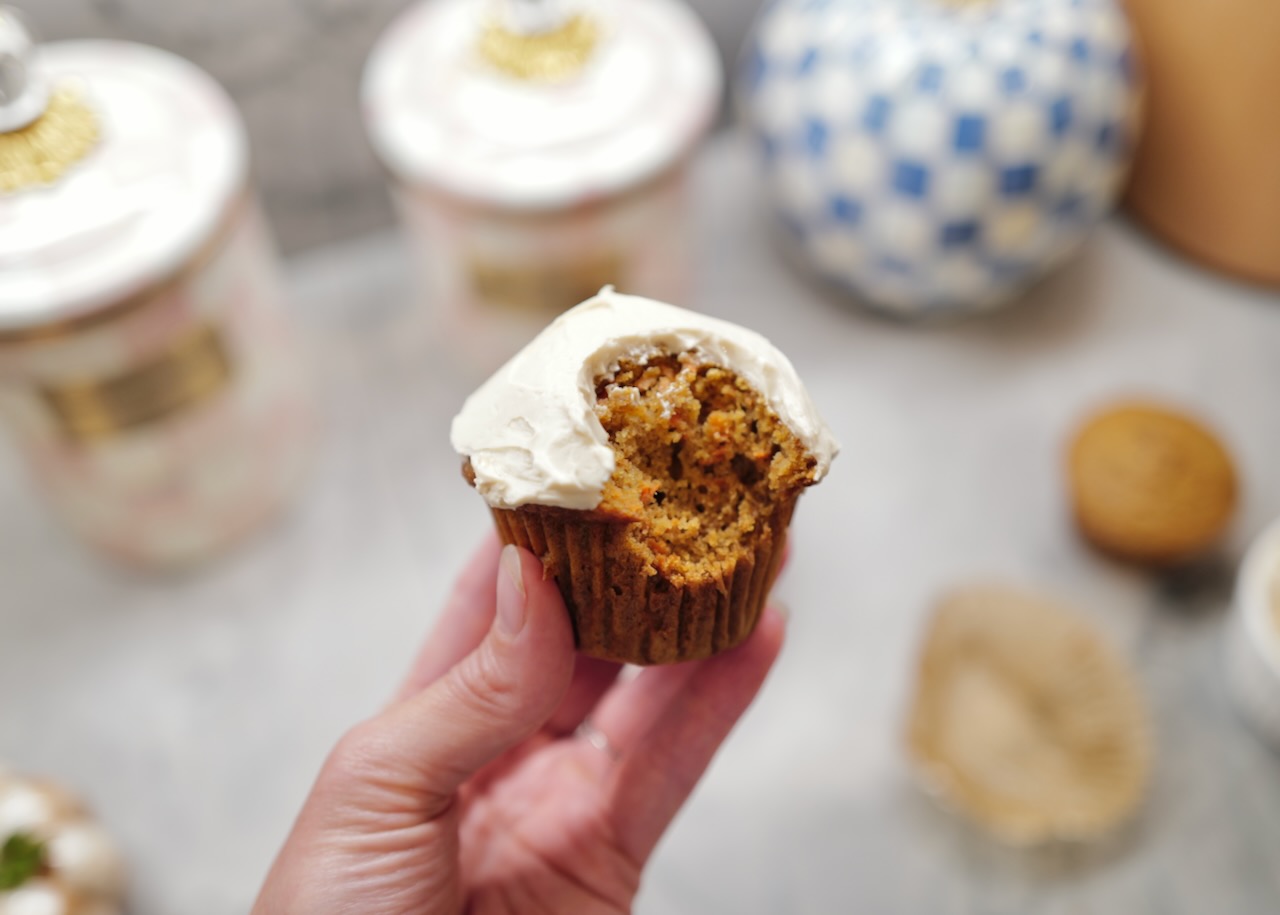
Final Thoughts: Make Einkorn a Kitchen Cornerstone
Einkorn is more than a flour — it’s a living link to our food heritage. When you bake with it, you’re choosing flavor, nutrition, and a connection to the past that modern wheat can’t replicate.
The breads may be rustic, the doughs sticky, and the learning curve real, but the reward is worth it. With einkorn, you can bake loaves that nourish your family, pancakes that become Saturday morning traditions, cookies that taste as wholesome as they look, and pasta that turns dinner into a celebration.
We believe einkorn deserves a permanent place in every kitchen! Start small, choose one recipe — maybe a sourdough loaf, a batch of pancakes, or a chocolate chip cookies — and see how this ancient grain transforms your table. Every bake is more than food; it’s a story of resilience, tradition, and nourishment that your family will taste in every bite.


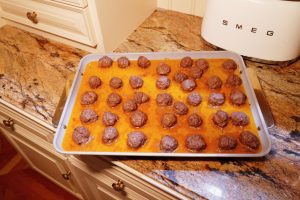
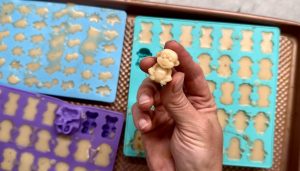
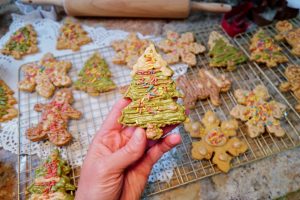
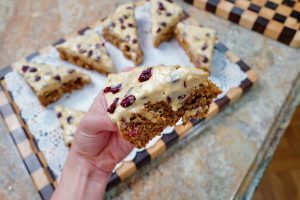
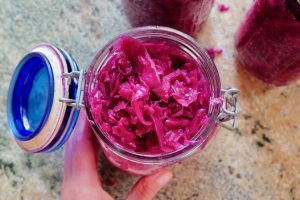
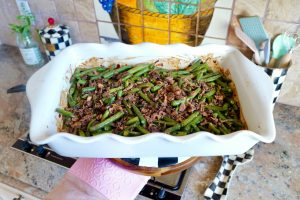
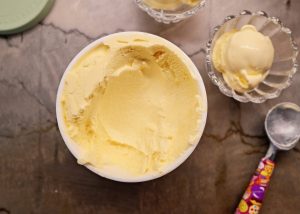
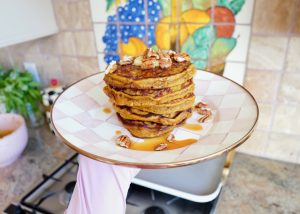
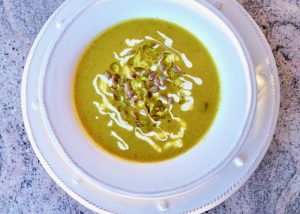
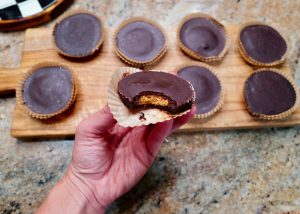


Leave a Reply
You must be logged in to post a comment.